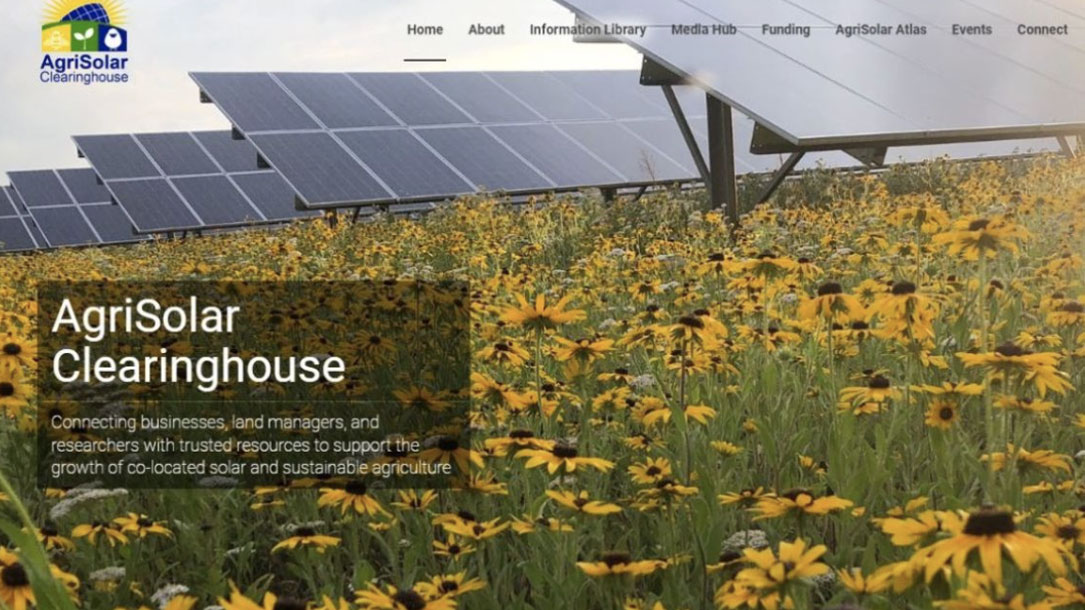
Farmer first solar: Agrivoltaics webinar series
The AgriSolar Clearinghouse is an information-sharing, relationship-building public communications hub for all things agrisolar. The AgriSolar Clearinghouse is offering a free series of webinars regarding research on how solar and agriculture can work (and are working) together to enhance farm/ranch viability, soil health, and water management.
Webinar topics include: the cost of agrivoltaics, growing crops under solar panels, taste differences among crops grown under panels, solar and pollinator habitats, and more. You can sign up here, or watch recordings of past webinars.

Solar panels help French winemaker keep climate change at bay
A roof of solar panels shades Pierre Escudie as he inspects the last plump grapes to be harvested at his vineyard in southwest France, after a year of hard frosts and blistering heat that damaged many of his neighbors’ crops.
The solar panels insulate the grapes during periods of extreme cold and shield them from the sun’s harsh rays during heat waves. The panels also rotate to allow more light to hit the vines on more overcast days…
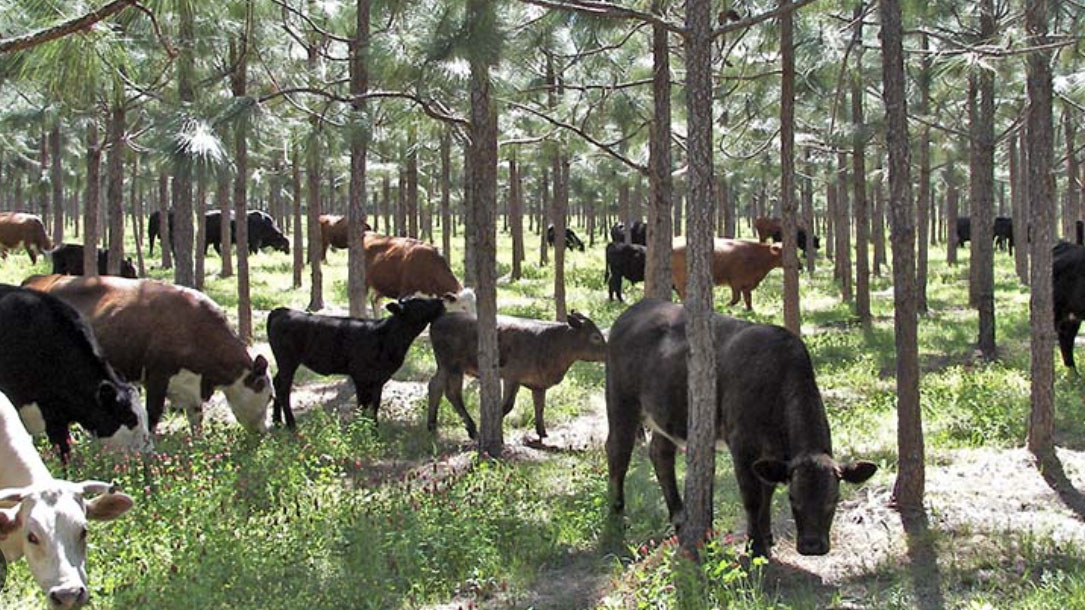
Mongabay series: Global Agroforestry
An ancient agricultural system, agroforestry combines trees with shrubs, crops, and livestock in a system that produces food, supports biodiversity, builds soil horizons and water tables, and sequesters carbon from the atmosphere — this series explores how and where it is being practiced by Indigenous communities, traditional agriculturists, and new farmers.
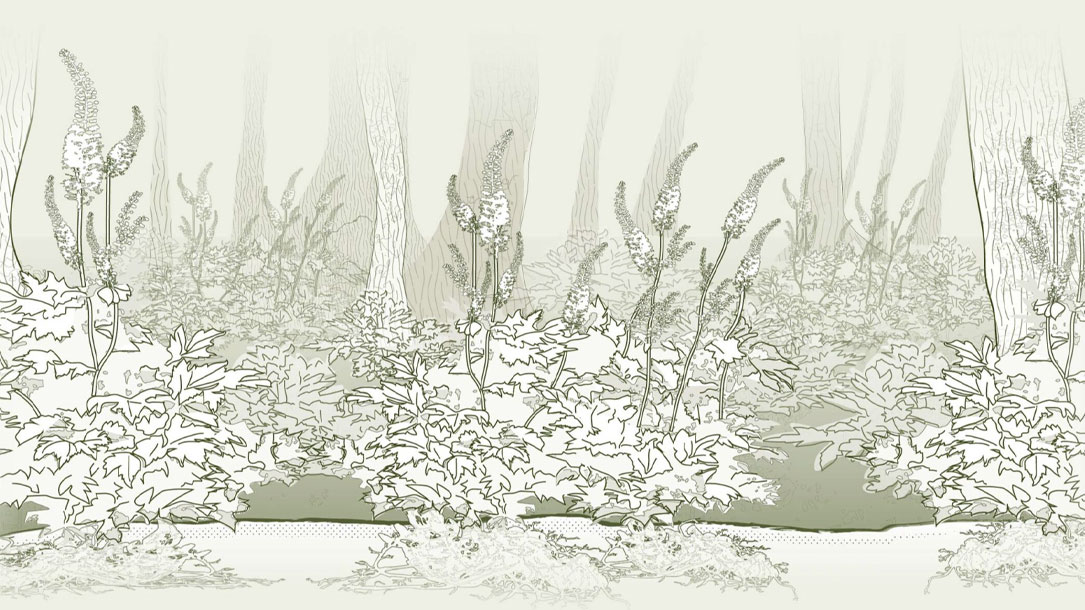
More on agroforestry
Agroforestry developed as a set of indigenous land-use practices over thousands of years across our global community. The interventions utilize trees, crops, and livestock in intimate combinations to produce positive ecological, social, and economic outcomes. In the United States, agroforestry systems are defined in the following ways: alley cropping, forest farming, riparian buffers, silvopasture, and windbreaks.

American agroforestry accelerates with new funding announcements
“There is a windfall of federal money entering the agroforestry sector,” Meghan Giroux told Mongabay. The director of Vermont-based agroforestry consultancy Interlace Commons, she is currently implementing a program to boost regional training capacity toward helping farms implement this sustainable farming technique — which blends annual crops and livestock with perennial shrubs and trees in a carbon-sequestering system that’s also more resilient to droughts and floods — while keeping her eye on the sizable new opportunities coming from the federal government.
That federal funding comes as interest in agroforestry is growing rapidly in the U.S., alongside the need to rapidly adopt more climate-positive types of agriculture…
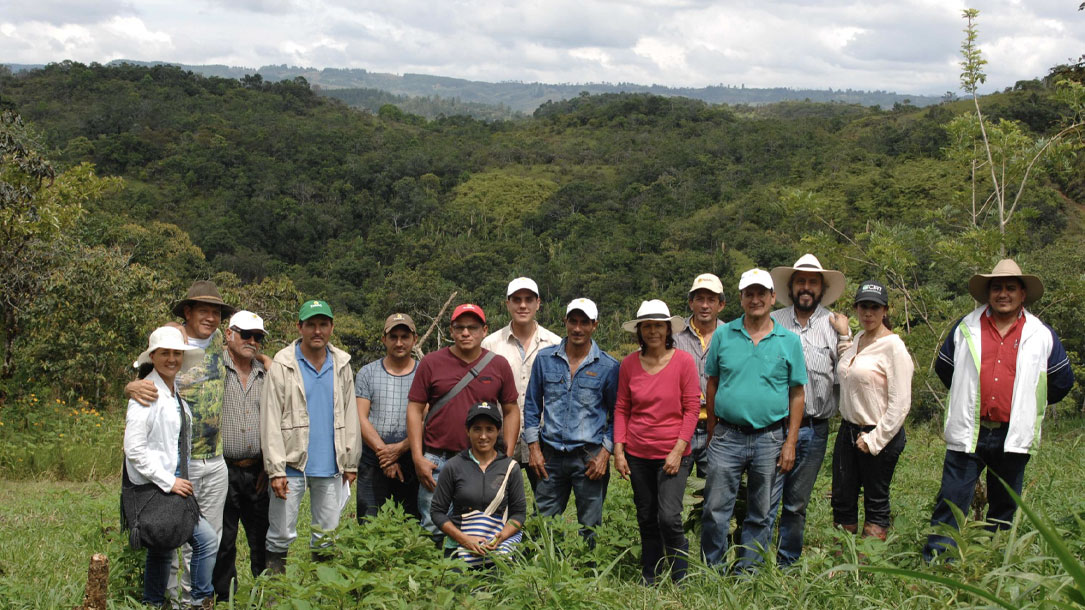
Partnerships for Climate-Smart Commodities Project summaries
This project proposes to accelerate long-term cover crop adoption by creating a platform to incentivize farmers. The platform will quantify, verify, and facilitate the sale of ecosystem benefits, creating a marketplace to generate demand for climate-smart commodities. This project plans to support the implementation of more than 1 million acres of crop crops across 20 states. It also plans to enable corn and soybean commodity groups to achieve greenhouse gas emission reduction goals while supporting their farmer members and advancing more productive and sustainable practices.
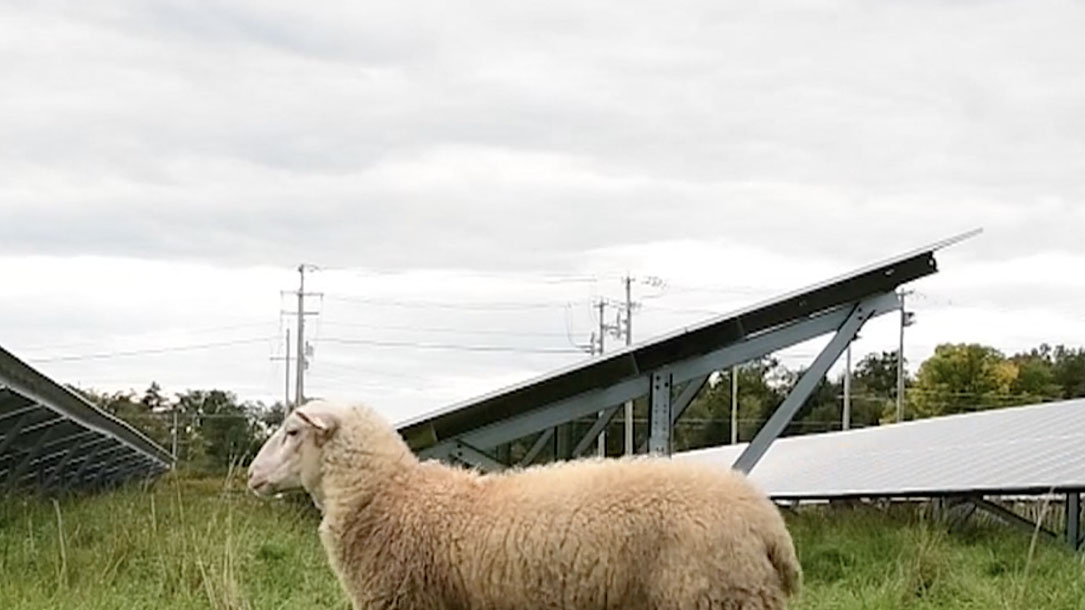
Bees, sheep, crops: solar developers tout multiple benefits
Silflower was among native plants that blanketed the vast North American prairie until settlers developed farms and cities. Nowadays confined largely to roadsides and ditches, the long-stemmed cousin of the sunflower may be poised for a comeback, thanks to solar energy.
Researchers are growing silflower at nine solar installations in the Minneapolis area, testing its potential as an oilseed crop. The deep-rooted perennial also offers forage for livestock and desperately needed habitat for bees, butterflies and hummingbirds.

Agrivoltaic solar tracker uses cables instead of buried steel
The Suntracker system is suspended by cables, rather than mounted on steel driven into the ground, providing what the company says is the lowest levelized cost of energy (LCOE) for high-clearance solar. Rute reports that by using cables rather than steel foundations, steel use is reduced by as much as 30%.
Another advantage of the cable system is that the land does not have to be disturbed in order to install the system, which is a benefit in the agricultural industry. It also enables the land to be returned to its original condition in the event that the solar installation were to be removed…

Massachusetts Clean Energy Act eases path for agrivoltaic projects
The Act clarifies that an agrivoltaic project is to be treated as an agricultural use, meaning that the land can continue to be classified as agricultural land for property tax purposes and that the project is exempt from special permit requirements.
This change in law further illustrates the legislature’s intent to help farmers continue their farming operations by utilizing renewable energy, and particularly solar energy, as a means of maintaining their land in agricultural use.
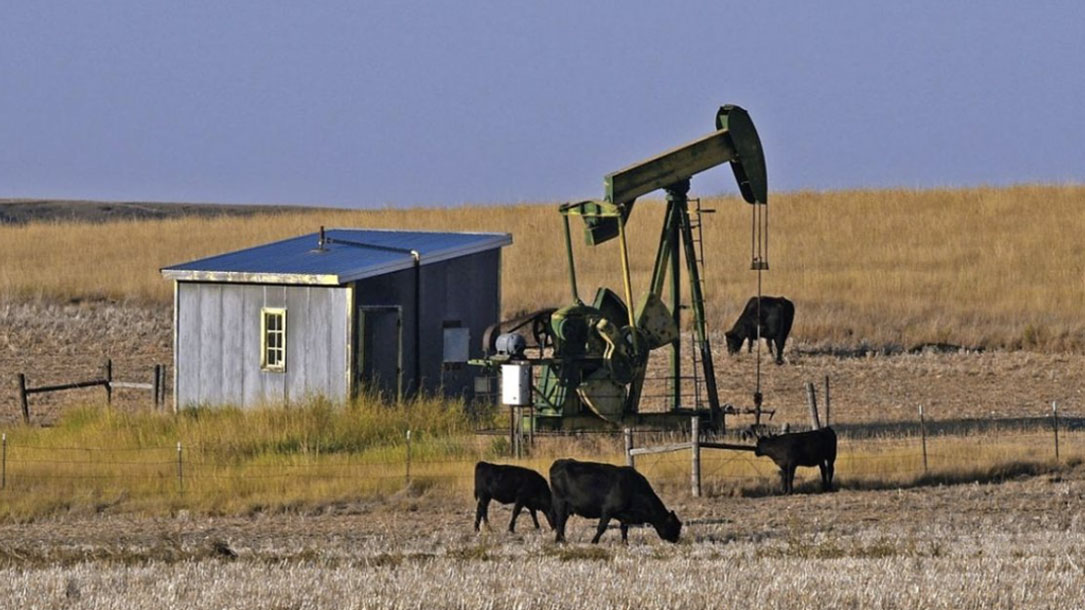
Keeping cattle on the move and carbon in the soil
The Obrechts stand at the forefront of an emerging collaboration between ranchers, conservation groups, and governmental agencies that aims to protect, restore, and revitalize the United States and Canada’s prairies — or what’s left of them…
Researchers estimate that grasslands could contain as much as 30 percent of the carbon stored in the Earth’s soil. Plowing them in order to plant crops releases large amounts of that carbon into the atmosphere…












